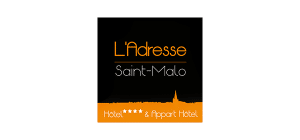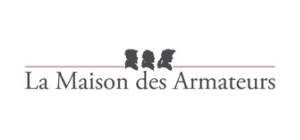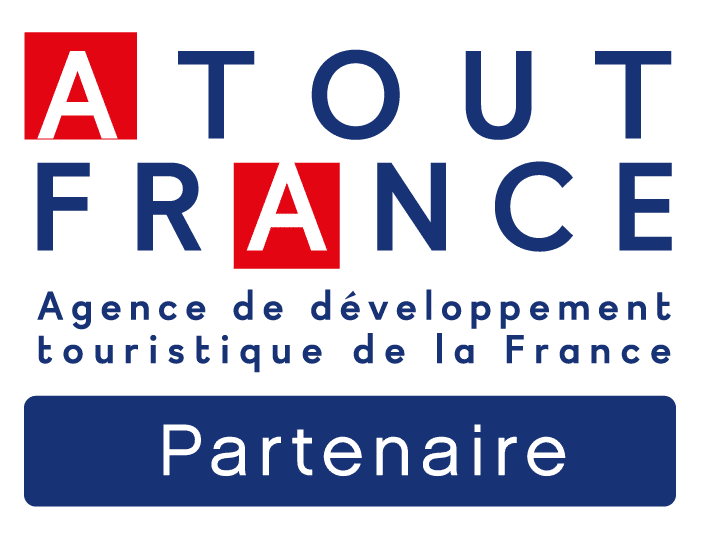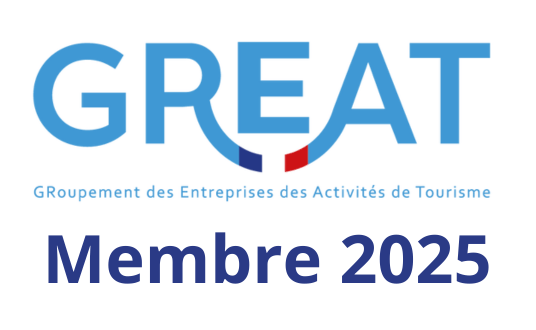Day 1
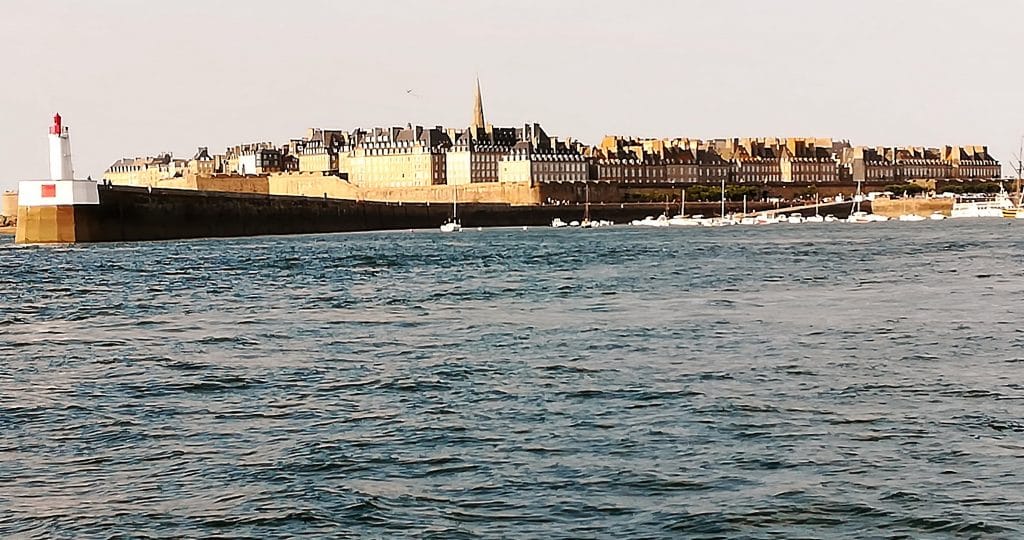
St-Malo, named the Corsair City, the base and hometown of the most famous ship owners and “legal pirates” is an amazing fortified city on the emerald coast in the northern part of Brittany. You will take a walk on the city walls to understand that it is a former island. Your private guide will take you through the maze of the narrow streets that have their own funny stories such as the “Dancing Cat Street”, “Pelicot Street” one of the tiniest where some houses date from the 16th century and by a miracle were not destroyed during World War 2, and many more. You will also appreciate the conception of the“belt” of the fort islands such as la Conchée, le Fort National, Harbour, le Grand Bé, le Petit Bé… that were mainly designed by the engineer Garengeau disciple of one of the greatest french engineers Marshall Vauban who especially designed la Conchée Fort, At low tide you can walk to some of these islands.
St Malo inhabitants have always been sea oriented, like most of the people in Brittany, because its wealth until nowadays depended on that connection with the ocean.
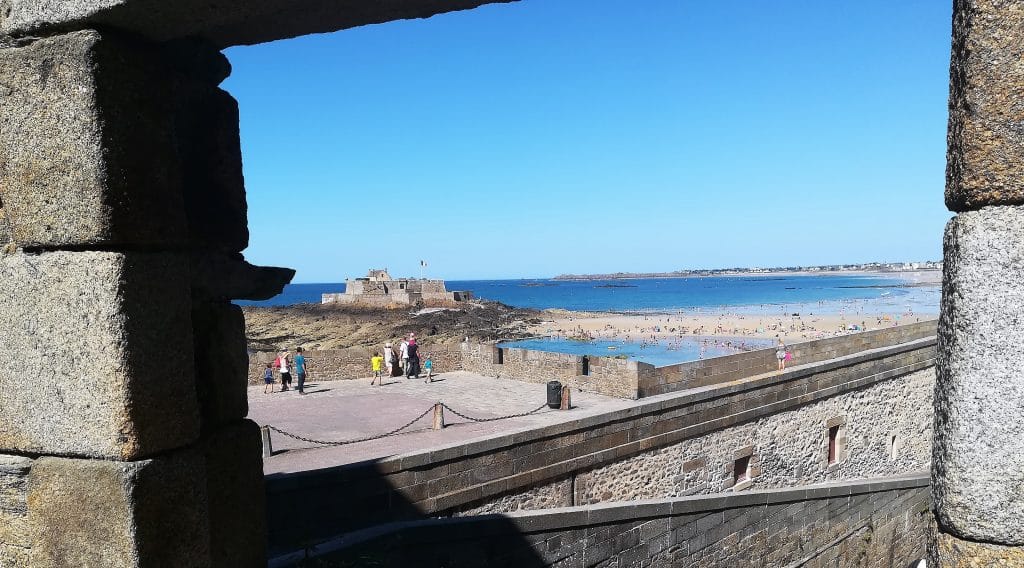
Saint Malo was named after Maclow a monk who came from Wales in the 6th century. Your private guide will take you to the original settlement of the monk : Alet area, a beautiful site with an impressive 180° overview of the bay and the Rance river mouth. A very stategic location too with the most recent examples of contruction, the 18th century military fort built under the king Louis the 15th and as a part of the the atlantic wall a German heavy battery artillery dating from World War 2. You will definitely enjoy strolling in the old town and getting the overview outside the walls.
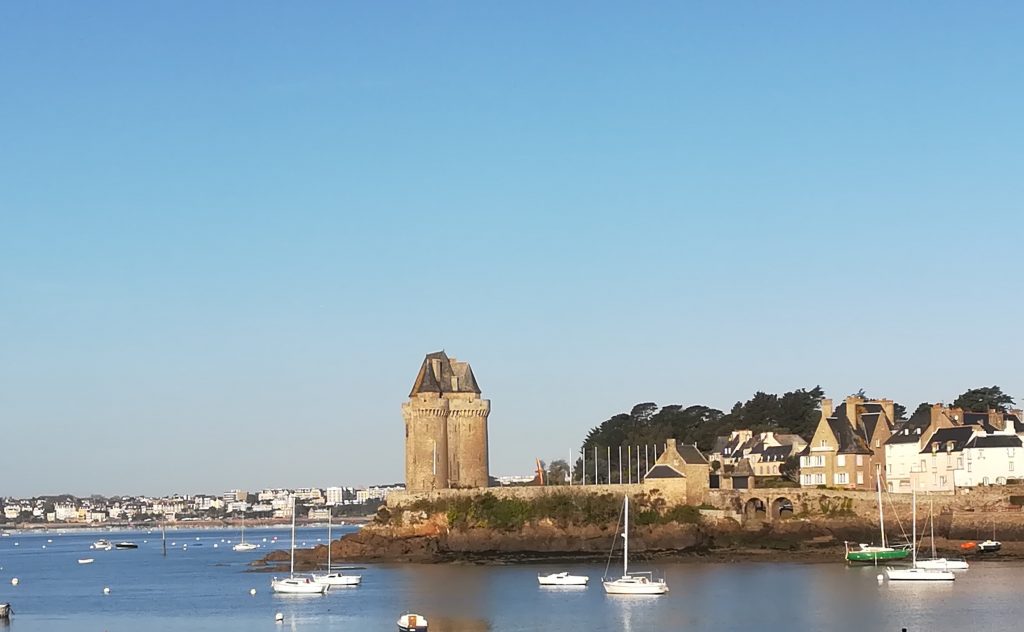
Then you will have a private guided visit of le Mont Saint Michel. To reach this unique place in the world, also known as the Marvel of the Western World, the sea has to draw aside to let anyone go through. The Mont Saint Michel is at the same time a village, an island and an abbey erected on the top of the rock at almost 100 meters high (300 feet).
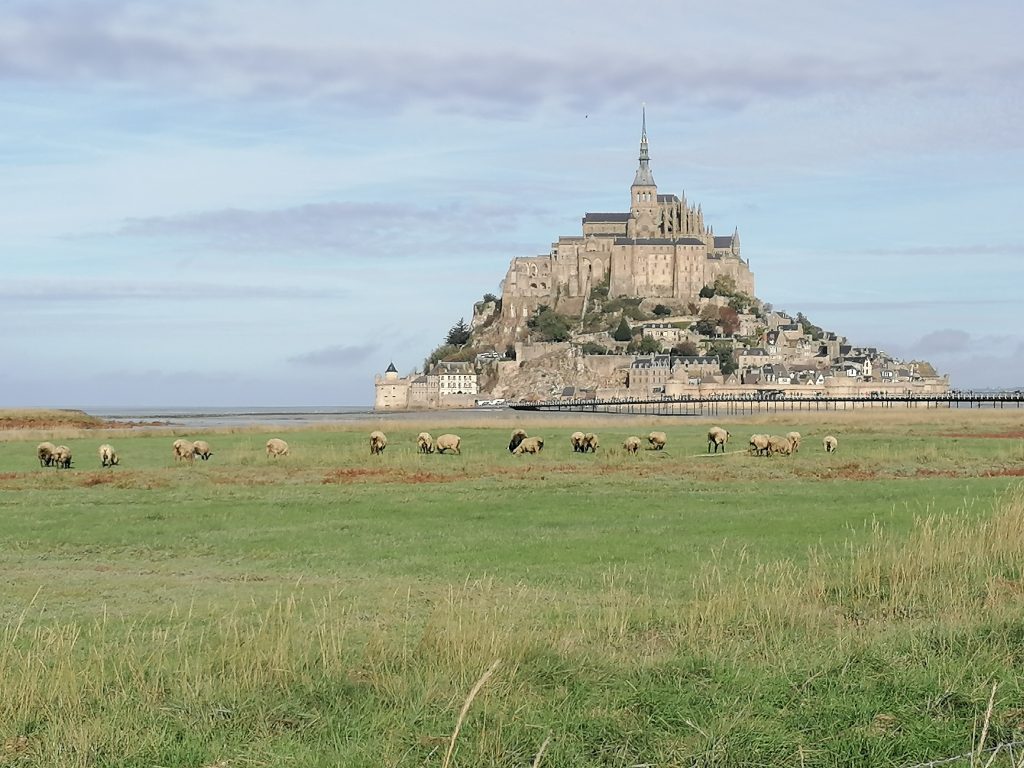
Since the dream of the bishop Aubert in 708 to the current abbey generations of workers, pilgrims, monks, sellers, soldiers, kings… were irreparably attracted by this site whose construction was constant from the 10th century to the 17th century. The Mont Saint Michel is located in a bay which is, like the village and the abbey, in the World Heritage List of the UNESCO and where the tides are the largest in Europe, they can be 15 meters high (45 feet).
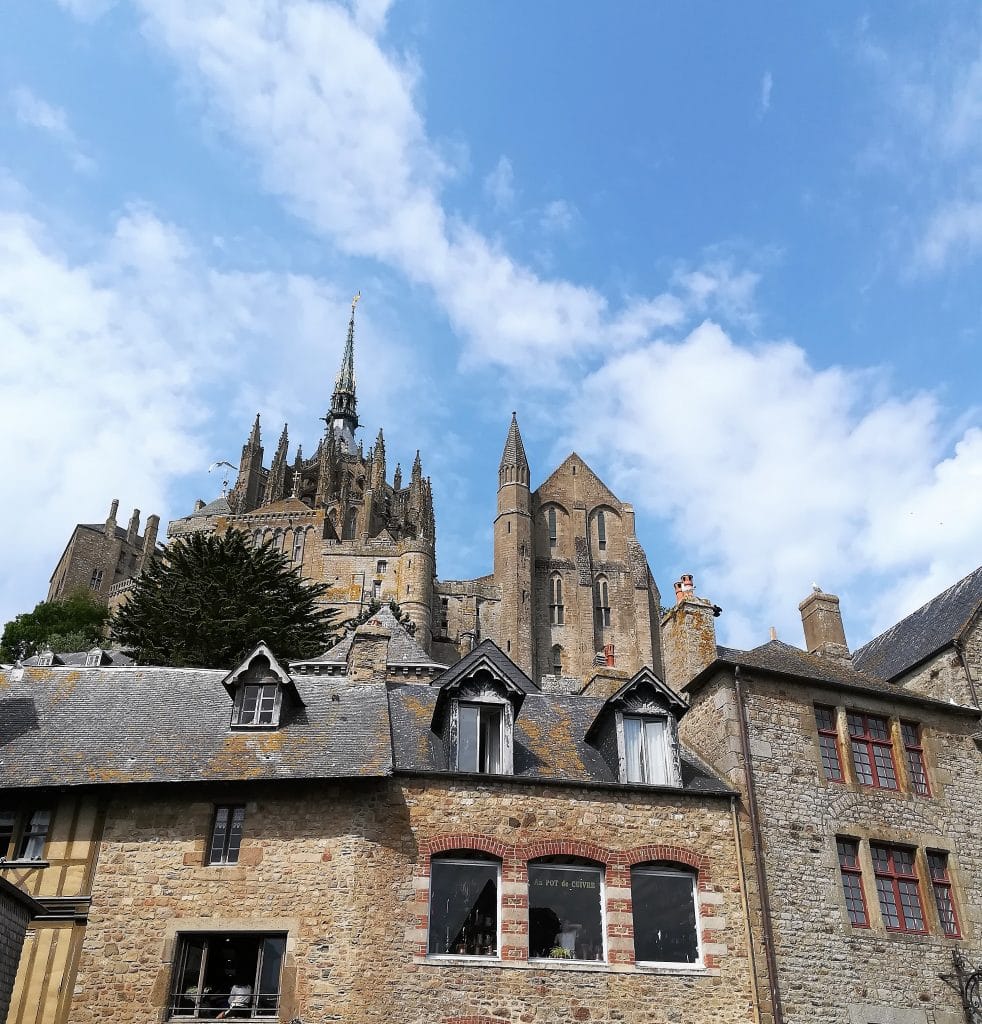
During your private visit you will understand how people could start a building site 1000 years ago on the top of a rocky island, surrounded by water with the most impressive tides in Europe. Your private guide will explain you why the worship of Saint Michael was started here and how a part of the story was made up and by who. It is a unique journey in a very special place. You will of course have time to enjoy a stroll in the village.
(Overnight in Saint Malo or Bayeux)
Day 2
Overlord Operation, Neptune Operation, Cobra Operation, Epsom Operation…are some of the events that took place in Normandy that your private guide will inform you about. Most of all, you will be in the Dday sites where millions of Allied Troops landed on June 6th 1944 during several weeks.
The Dday beaches coded Sword, Juno, Gold, Omaha and Utah is a 120 km (80 miles) extended zone in the west side of the Normandy country. In that coast line there is a sixth zone known as Pointe du Hoc where US Ranger Batalions achieved something that will always remain unique.
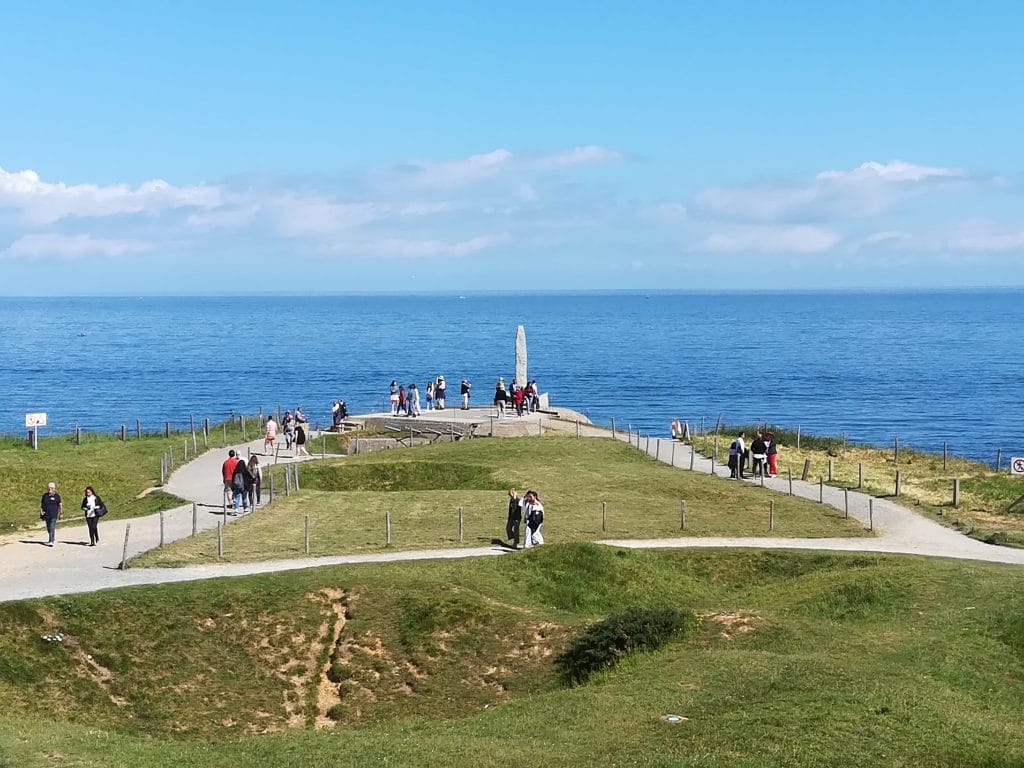
It is impossible to cover the whole coast line one day (that’s why we recommend at least 2 days), however, in one day your private guide will take you to 3 or 4 sites such as Pegasus Bridge, one the first site captured during the battle of Normandy by the 6th British Airborne Division in gliders, definitely one of the sharpest action, then the Canadian sector is nearby especially Juno Beach and its museum opened in 2003, from Juno we will reach Gold beach in the British sector where you will see what remains from Mulberry B, the port that was made in front of the little town of Arromanches Les Bains. During this visit you will indeed realize that logistics was one of the most impressive and conclusive aspects of the war.
Then a little bit more west, there is still a heavy German battery of artillery known as Longues Battery where you will have an example of how big was the threat on the Allies.
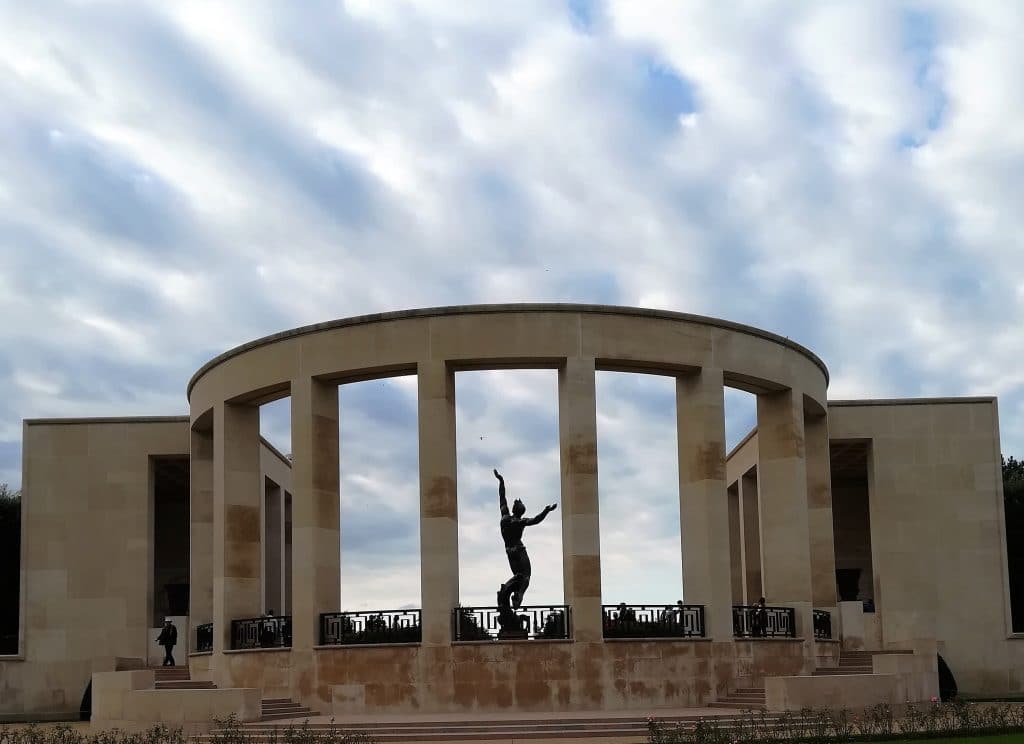
Once we pass the charming fishing port town called Port en Bessin we are in the American sector and will head to Omaha Beach where the landscape gives a very good idea about what the GI’S of the 1st and 29th US Infantry division had to go through, threatened by the German defense positions mainly on the bluff.
The US Military Cemetery since 1956 overlooks the east side of Omaha Beach.
Before reaching Utah, a must see stop has to be made in Pointe du Hoc to see what the courage and the sacrifice of the 225 rangers achieved on the the top of 30 meters high cliffs (100 feet).
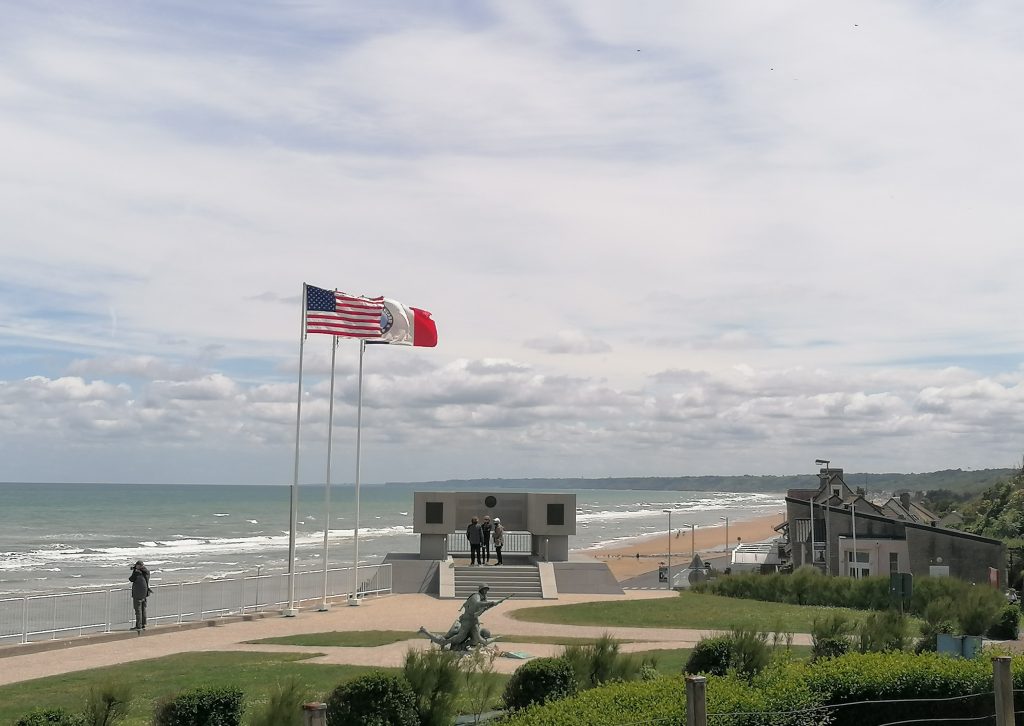
The furthest beach in the west side of the coastline is Utah in the south of the Cherbourg peninsula where around 15000 paratroopers of the 82nd and 101st US Airborne Division jumped into the night to start the combat and to capture the village of Sainte Mère Eglise at 4.30 am on june 6th.
There are also many interesting and moving museums in the Dday sites such as the Memorial in Caen, the Pegasus Memorial, the US Airborne Museum…that require time.
What ever the time you have to visit these places is, you will be in the footsteps of these young soldiers who liberated a whole continent in a unique amphibious military operation. It is our common heritage.
(Overnight in Bayeux or Honfleur)
Day 3
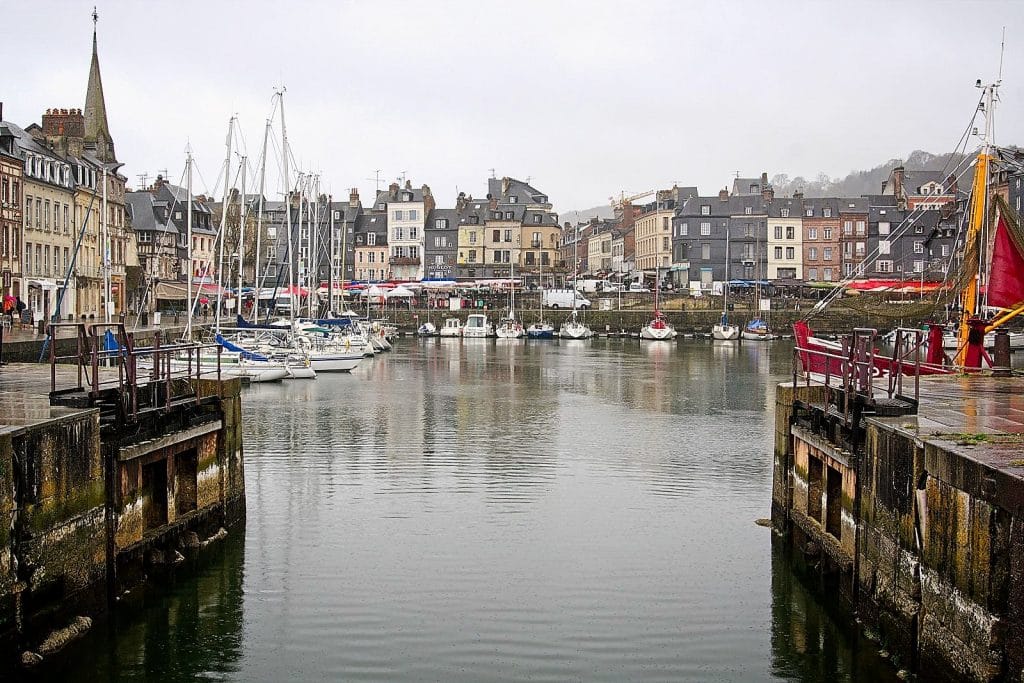
You will start this day with the discovery of Honfleur.
Without any doubt one of the most charming little town of France. It reveals itself to the visitors who take the time to stroll through the maze of narrow streets, the Old Bassin which is today the marina, the narrow buildings with their slate facades.
Honfleur is where the sea meets the Seine river that is why it has been a strategic and economic location for almost 1000 years.
Your private guide will take you as well to Sainte Catherine church, painted by Claude Monet several times, to understand why it was built that way,
You will have an amazing overview of the river estuary and the sea from the hill of the Coast of Grace, right above downtown Honfleur.
You will be inspired by this charming little town like the generations of painters, writers and musicians who went there.
Then you will head to Etretat.
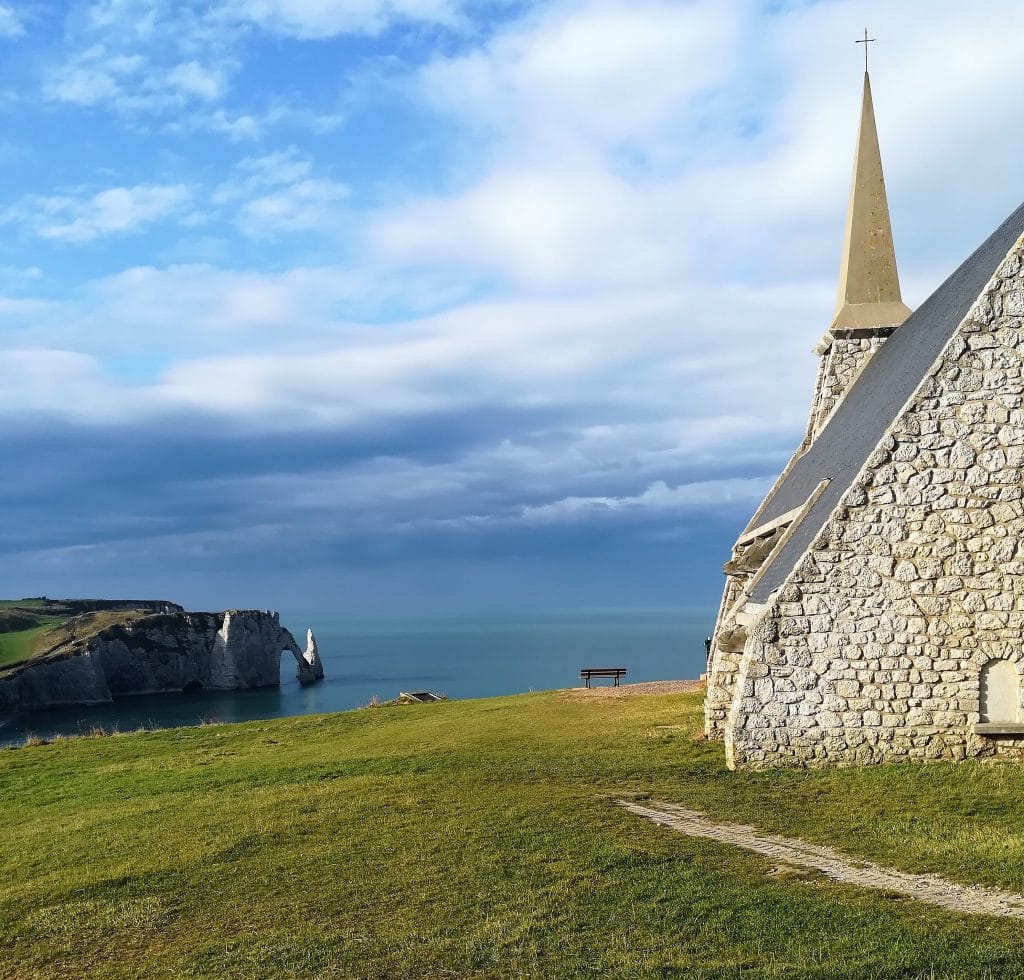
It is located in a superb site between two of the most famous limestone cliffs of France : La Falaise d’Aval, with the “Arch” and the “Needle” and la Falaise d’Amont with the chapel Notre Dame de la Garde, Saint patroness of the fishermen, on the top. From there you will have a fabulous view of the city, the bay, the golf course on the top of La Falaise d’Aval.
Thanks to the construction in the mid 19th century of roads connecting Etretat to large cities like le Havre, of beautiful mansions named Villas, of the Casino and finally in the 1890’s the railway, tourism started to take over the fishing industry. Most of all in Etretat, on the boardwalk, on the cliffs or downtown you will see and feel what artists like Monet, Courbet, Jogkind…were inspired by and why there are so many paintings of such tiny and bautiful place in maggior French Museums.
Then your private guide will take you through the amazing Natural Park of the Seine River Loops to enjoy the visit of the incredible Jumièges abbey before spending the night in Rouen.
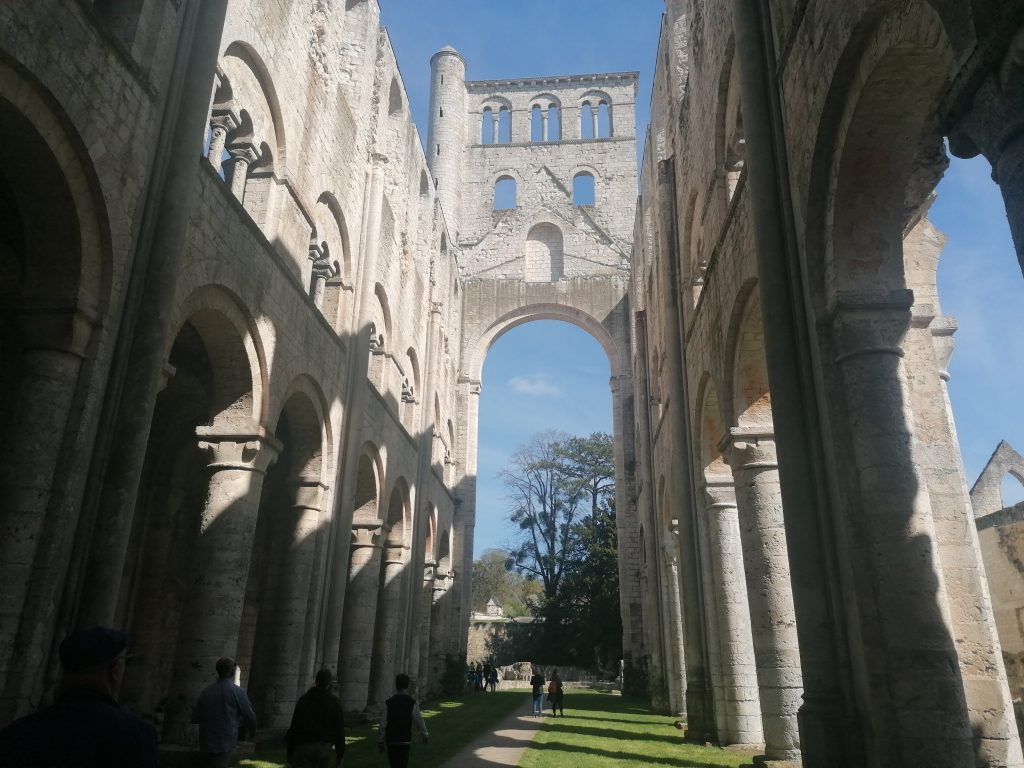
Day 4
Rouen, the capital city of Normandy is one of the oldest settlement in France. Since at least the Romans it’s been a very dynamic harbor on the Seine river strategically located half way between the English Channel and Paris city.
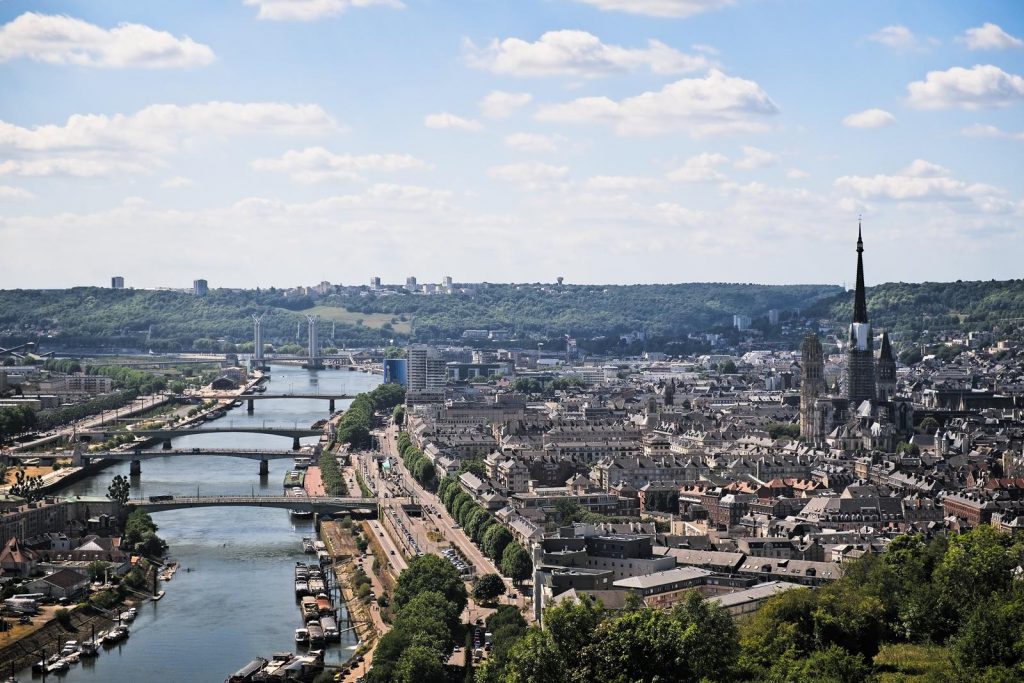
Normandy was named after the Vikings (Northmen) who started their raids in the early 800’s . When the Franc king Charles Le Simple gave that land in 911 through the treaty called Saint Clair sur Epte to the Viking Rollo, Normandy (the land of the Northmen) was born and the capital city of that new Duchy was Rouen.
Your private guide will give you a private visit of the medieval down town where the Cathedral Notre Dame de l’Assomption is located, It is a must see monument because it is an impressive construction that survived to lightnings, fires, 16th century wars of religion, World War 2 bombings…
You will also see where the Impressionist painter, Claude Monet, stayed to paint his series of the Cathedral of Rouen, one the most preserved Renaissance building. Then you will walk through the main street called the Gros Horloge (Big Clock). It’s been the beating heart of the city since the Romans and since the 16th century the most popular monument, a huge clock, has been built over an arch near the Belfry.
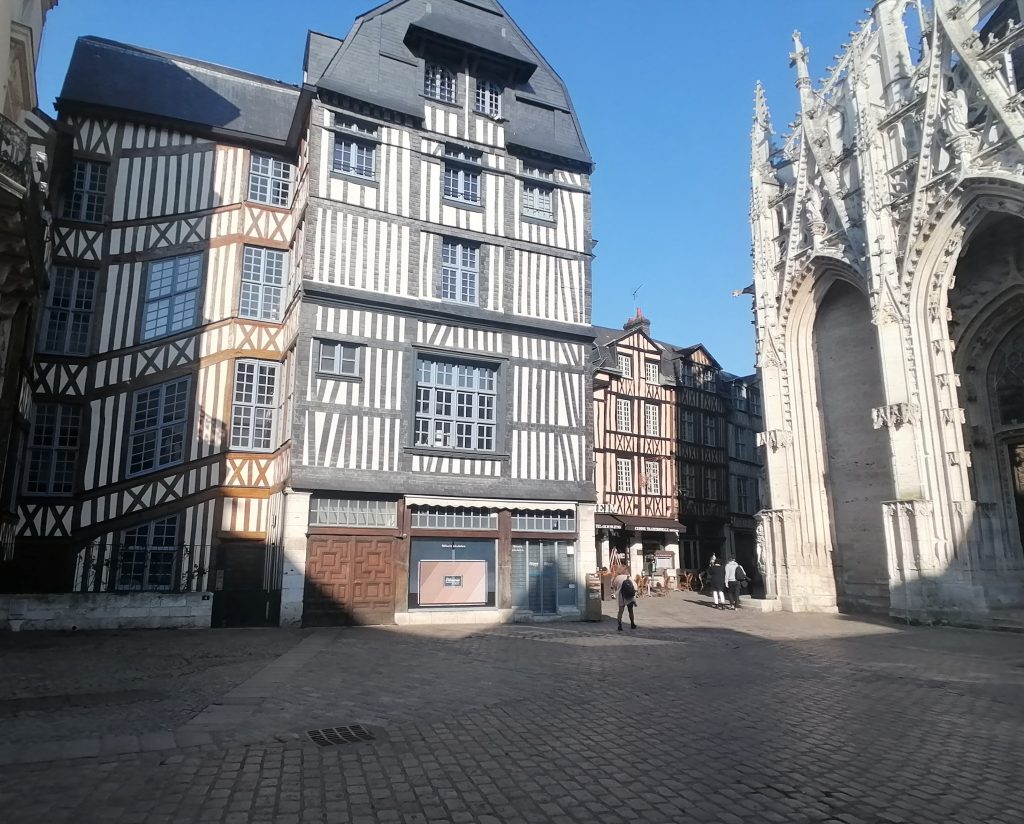
In the Old Market Square you will find out where Joan of Arc was executed in 1431 during the 100 year war.
Then you will head to Giverny through the natural beauty of the Seine river valley.
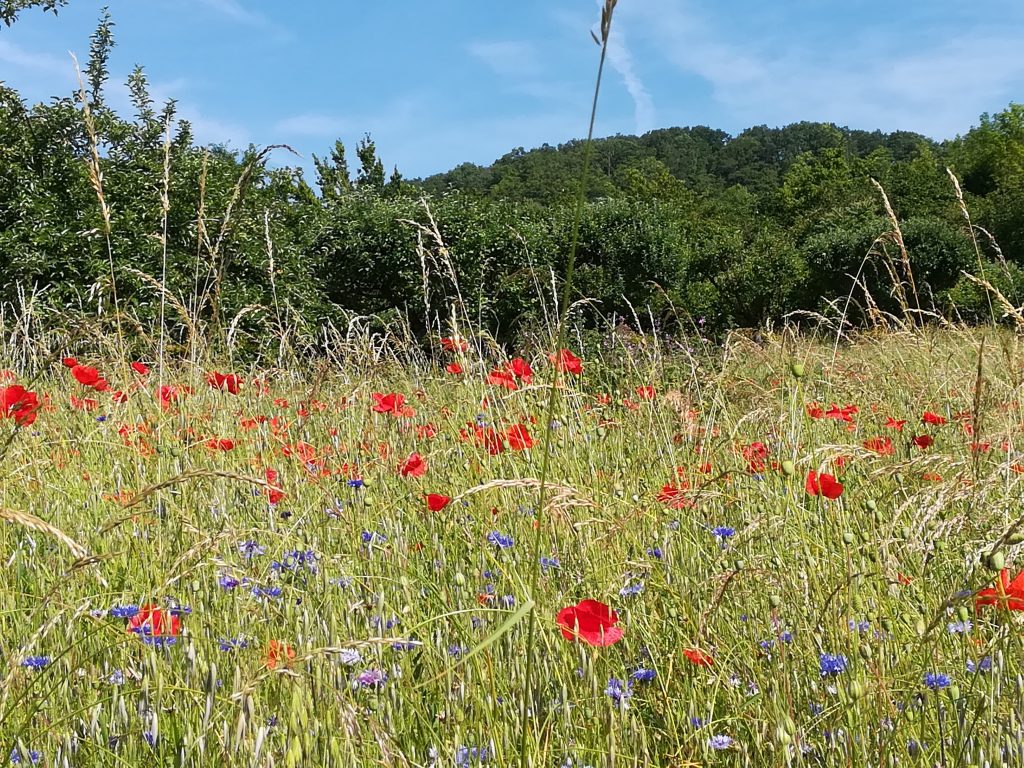
Giverny, a small and remote village on a hillside of the Vexin Natural Park in Normandy. This is where Claude Monet, the impressionist painter, spent the second half of his life, 43 years, from 1883 to 1926. And since, it’s been definitely brought to light.
A hilly, wooded and farming land with preserved villages and white cliffs of lime stone overlooking the valley of the Seine river in a special changing light. These are some reasons why so many painters went trough Normandy to immortalize that natural beauty.
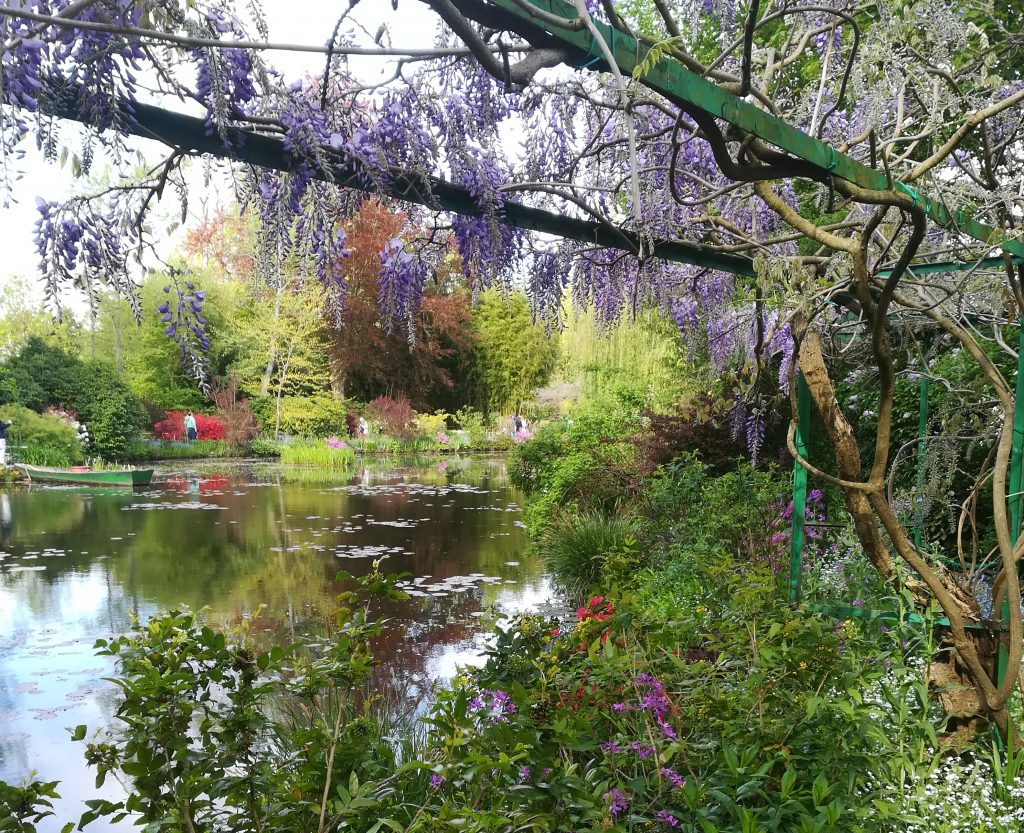
Claude Monet did even more in Giverny, he created his own nature in his own grounds with the Clos Normand Flower Garden and the Water garden where you will admire the Water Lillies.
Your private guide will take you to the lush, colorful and luminous world of Monet, you will cross the japanese bridge covered with wisteria, you will stroll litteraly through the palette of the painter before visiting his pink roughcast house.
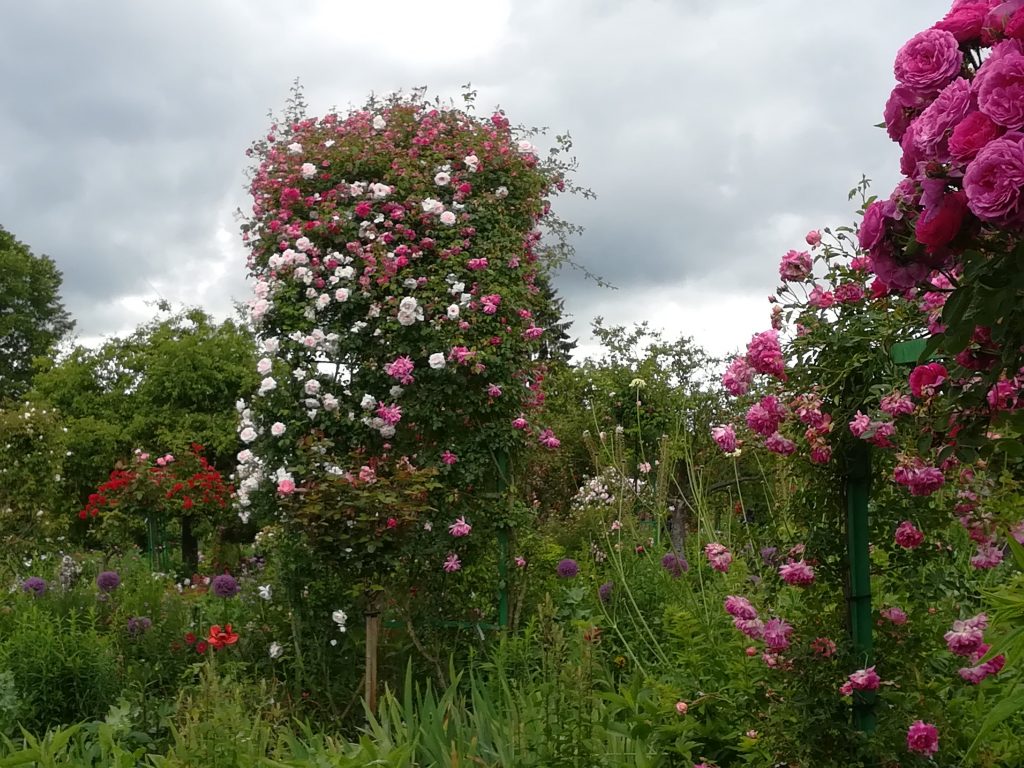
That is definitely the place to be as close as possible to the passion or the obsession of this artist.
After such beautiful trip you will be dropped off where it suits you.
(Entrance fee included)




